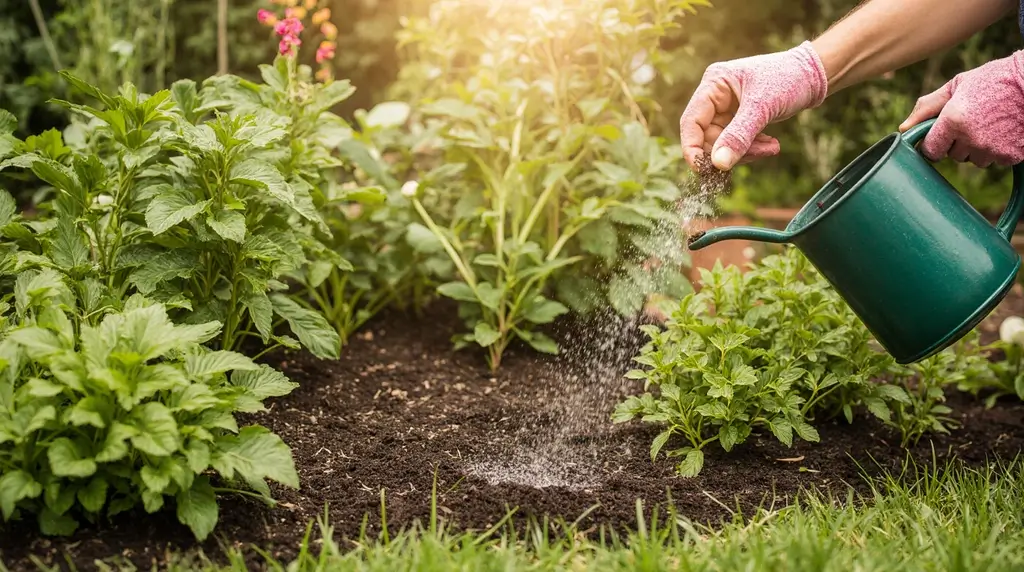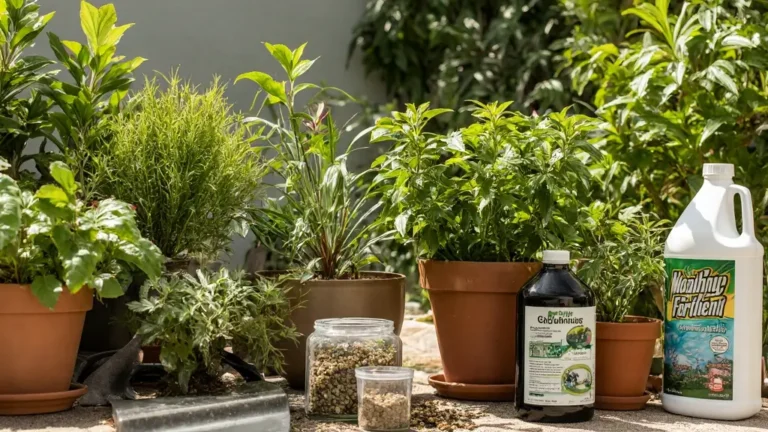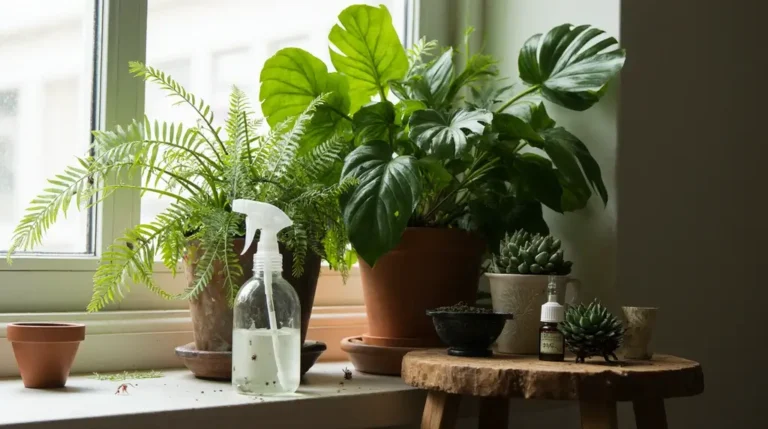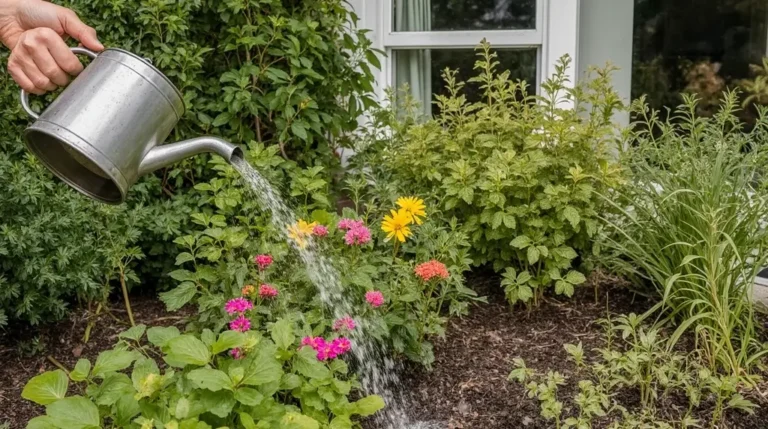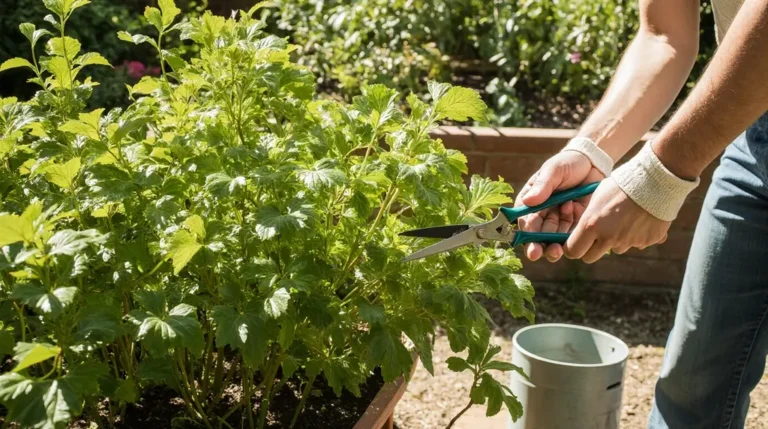Seasonal Fertilizing Guide: Feed Your Plants the Right Way
Table of Contents
Introduction: Why Strategic Fertilization is Key to a Bountiful Garden
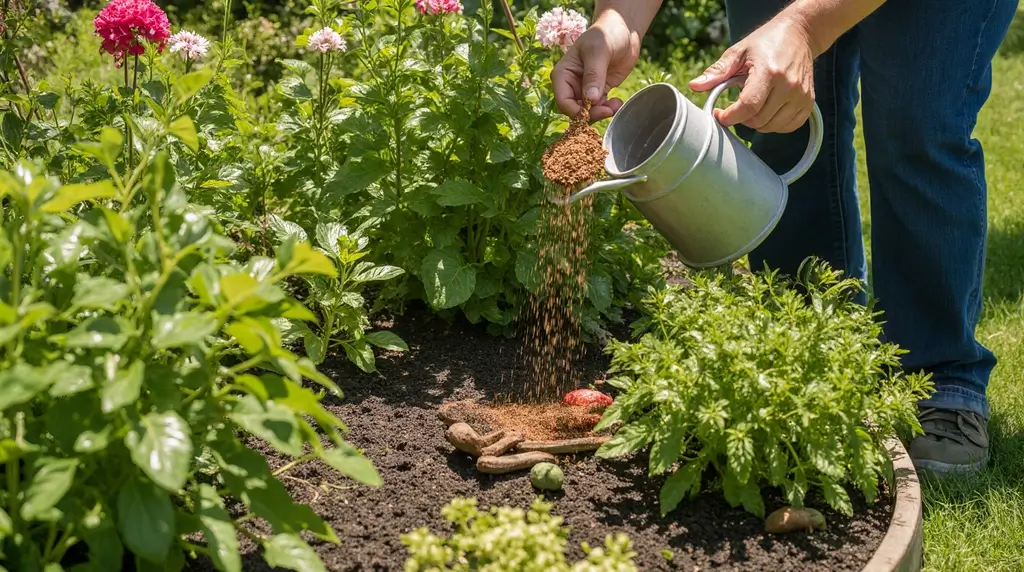
Seasonal Fertilizing Guide
Look, growing awesome plants isn’t just about throwing some dirt in a pot and hoping for the best. Sure, good soil and sunshine help, but if you really want your garden to thrive, you’ve gotta feed those babies the right nutrients at the right time. Looking to take your plant care to the next level? Check out our handy product that makes maintaining healthy, thriving plants easier than ever. get more info about Best Fertilizers Plants for Indoor and Outdoor;
I know what you’re thinking – fertilizer seems complicated, right? All those numbers on the bag, the confusing schedules… it’s easy to just guess and hope for the best. But trust me, once you understand the timing and what your plants actually need, you’ll stop wasting money on products that don’t work and start seeing real results. Save Dying House Plants;
This seasonal fertilizing guide is all about keeping things simple and sustainable. We’re talking science-backed stuff (experts like Senior Agronomist Dr. Hui Zhang know their stuff!), but explained in a way that actually makes sense. Whether you’re growing veggies, flowers, or just trying to keep your lawn looking decent, I’ve got you covered.
Foundation of Fertility: Understanding N-P-K and the Critical Role of Soil Testing
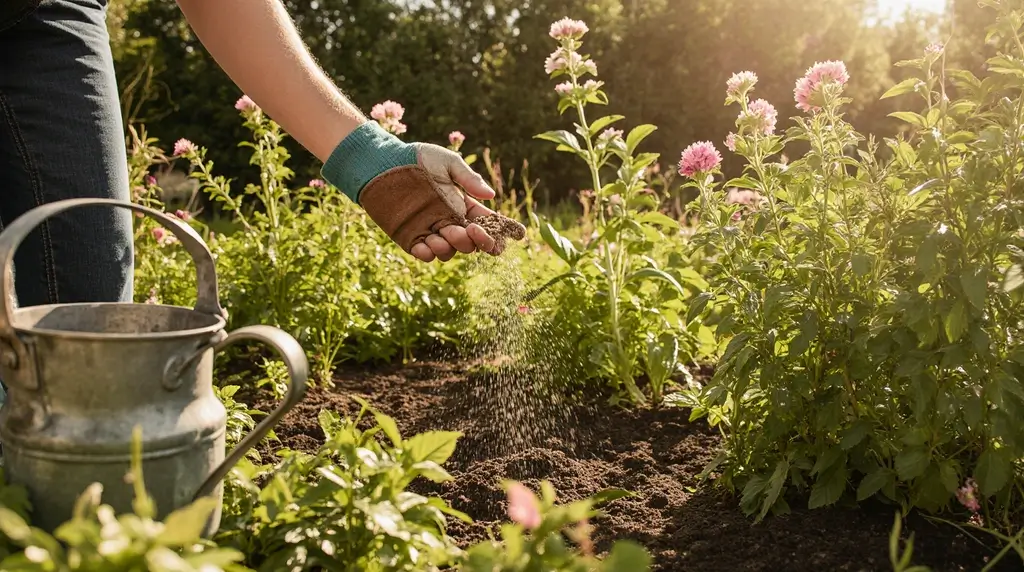
Deciphering the Essential Nutrients (N-P-K)
Okay, so fertilizer is basically food for plants. Pretty straightforward. But those three numbers you see on every bag? That’s the N-P-K ratio, and honestly, once you get what they mean, you’ll feel like a gardening genius.
Nitrogen (N) is your go-to for leafy, green growth. Think of it as plant caffeine – it gets everything moving, helps with photosynthesis, and makes your lawn that gorgeous deep green color everyone wants. If you’re growing onions, nitrogen helps build up those leafy tops.
Phosphorus (P) is all about roots and reproduction. It helps your plants develop strong root systems (super important!), set buds, make flowers, and produce fruit. Without enough phosphorus, your plants are basically trying to build a house without a foundation.
Potassium (K) is like the immune system booster. It keeps stems strong, helps water move through the plant properly, and makes your plants way better at fighting off diseases. For onions, it’s crucial for bulb development.
Here’s a handy cheat sheet I always reference:
| Nutrient | Primary Function | Deficiency Signs |
|---|---|---|
| Nitrogen (N) | Leaf growth, Green color, Photosynthesis | Yellow or slow-growing grass; Yellowing between veins of older leaves (chlorosis) |
| Phosphorus (P) | Root development, Fruit/Flower formation | Poor root system; Reddish or purplish discoloration on leaves |
| Potassium (K) | Disease resistance, Overall plant health, Bulb development | Marginal leaf burn (brown/brittle edges); Brown spots; Weak or smaller fruit size |
The Importance of Soil Health and pH
Here’s something most people skip (but really shouldn’t): get your soil tested. Seriously, it’s a game-changer. Instead of guessing what your plants need, you’ll know exactly what’s going on with your pH levels, organic matter, and which nutrients you’re missing.
Different plants like different pH levels – it’s kind of like how some people prefer their coffee black and others need cream and sugar. Here’s what works best:
- Most gardens, lawns, and onions are happy between 6.0 and 7.0
- Strawberries like things a bit more acidic, around 5.5 to 6.5
- Day-neutral strawberries do best at 6.0 to 6.5
And don’t forget about the little guys – micronutrients like iron, manganese, zinc, copper, and boron. Your plants only need tiny amounts, but they’re super important for keeping everything running smoothly.
Choosing Your Fertilizer: Organic vs. Synthetic and Recommended Ratios
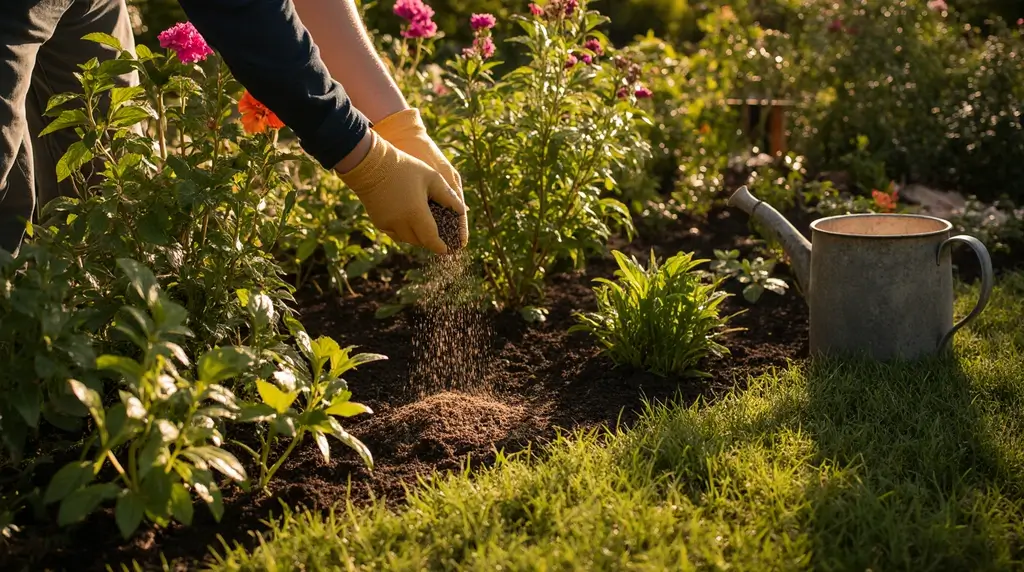
Organic Fertilizers: Sustainable Solutions for Long-Term Soil Health
If you’re into the whole eco-friendly thing (and honestly, who isn’t these days?), organic fertilizers are where it’s at. We’re talking compost, manure, bone meal, fish emulsion – stuff that comes from natural sources.
The cool thing about organic options? They don’t just feed your plants; they actually improve your soil over time. They boost all the good microbes, make your soil structure better, and release nutrients slowly so there’s less waste. Plus, you’re not dumping a bunch of chemicals into your yard.
Here are my favorite organic picks:
Compost is like the Swiss Army knife of fertilizers. It does everything – improves soil texture, adds nutrients, and brings in beneficial microbes. If you’re only going to use one thing, make it compost.
Composted Manure is great for slow-release nutrients. Just make sure it’s actually composted – fresh manure will burn your plants and nobody wants that mess (literally).
Blood Meal (12-0-0) is your high-nitrogen option. It’s perfect when you need to boost leafy growth, and it releases slowly so you’re not overfeeding.
Bone Meal is loaded with phosphorus, which is awesome for root development and bulb formation. Great for getting new plants established.
Fish Emulsion (5-1-1) might smell a bit funky, but plants love it. It’s liquid, so you can use it as a quick feed or spray it right on the leaves when you need fast results.
Synthetic Fertilizers and NPK Ratios
Now, synthetic fertilizers get a bad rap sometimes, but they have their place. They’re manufactured to have exact nutrient ratios, and they work fast – like, really fast. If your plants are showing serious deficiency symptoms, synthetics can fix the problem quickly.
My go-to recommendation? Balanced blends like 10-10-10 or 12-12-12. These are great for pretty much everything and won’t cause weird imbalances. Use them before planting for general garden beds, onions, and strawberries, and you’ll be in good shape.
Seasonal Fertilizing Schedules: Timing Applications for Optimal Results

Okay, here’s where timing becomes super important. You wouldn’t eat breakfast at midnight, right? Same deal with plants – they need different things at different times of the year. This plant fertilizing guide section is going to save you so much trial and error.
| Season | Timing | Fertilizer Type | Key Benefits (General/Lawn) | Onion Strategy | Strawberry Strategy |
|---|---|---|---|---|---|
| Spring (Waking Up) | Late April – Early May (Active Growth) | High-Nitrogen Balanced (e.g., 10-10-10) | Promotes thick, green growth; recovers from winter | Initial Application: Balanced fertilizer before planting, high phosphorus for root development | Early Spring: Apply 10-10-10 fertilizer when new shoots emerge. Nitrogen-rich fertilizer for new June-bearing plants |
| Early Growth (4-6 Weeks) | 2-4 weeks post-planting | Nitrogen-rich (e.g., Blood Meal, Ammonium Nitrate) | Encourages robust foliage growth | Apply high-nitrogen sidedressings every two to three weeks | Balanced fertilizer for healthy foliage and root development |
| Summer (Maintenance/Bulbing) | Mid-June – July | Slow-Release, Lower Nitrogen | Maintains health during heat stress; avoids excessive growth | Bulb Enlargement: Switch to high-Potassium fertilizer | Fruiting: Apply potassium-rich fertilizer every few weeks to enhance yield |
| Fall (Preparation) | September – Early October | High-Potassium/Phosphorus (e.g., 5-10-5 or 10-10-10) | Strengthens roots; encourages carbohydrate storage for winter survival | Stop fertilizing about one month before harvest to allow maturity | Apply potassium-heavy fertilizer in late autumn to prepare for winter dormancy |
| Winter (Resting) | Dormancy Period | None Recommended | Avoids stimulating tender growth vulnerable to frost damage | N/A | N/A |
Following this seasonal plant care schedule makes such a difference – your plants will thank you!
Application Techniques and Methods for Maximum Nutrient Uptake
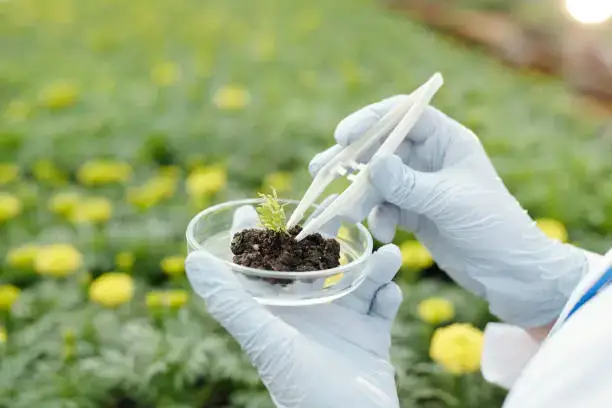
Step-by-Step Application Guide
Alright, so you’ve got your fertilizer – now what? How you apply it matters just as much as what you’re using. Trust me, I’ve made plenty of mistakes here, so learn from my failures!
Prep Work: If you’re doing your lawn, mow it a day or two before you fertilize. And make sure your spreader is set up correctly – read those instructions!
Granular Fertilizer (Broadcasting): Spread it evenly across your garden bed and work it into the top 4–6 inches of soil. Walk at a steady pace (about 3 mph – basically a comfortable stroll) and overlap your passes by about six inches so you don’t miss any spots.
Side-Dressing (For Established Plants): Sprinkle fertilizer around the base of each plant, but keep it at least three inches away from the stem. Too close and you’ll burn the roots – not fun.
Liquid Fertilizer/Foliar Feeding: Mix your concentrate with water (follow the directions on the bottle!) and either pour it around the base or spray it on the leaves. Leaf spraying is awesome when you need quick results because plants absorb it super fast.
Water, Water, Water: Within 24–48 hours of applying fertilizer, give everything a good watering. This dissolves the granules and gets nutrients down to the roots where they’re actually useful. Skip this step and you might end up with fertilizer burn. Ouch.
Tools and Avoiding Common Mistakes
Spreader Talk: Got a big yard? Use a broadcast spreader. Smaller or complicated areas? Drop spreaders give you more control.
Don’t Make These Mistakes: Never fertilize wet grass – it’ll clump up and look terrible. Don’t go heavy during summer heat waves (stressed plants + fertilizer = bad news). And please, don’t think more is better. Over-fertilizing can burn your plants or make them grow tons of leaves but no actual bulbs or fruit.
Crop-Specific Strategies: Optimized Feeding for Onions and Strawberries
Optimizing Onion Fertilization
Here’s the deal with onions: They’re hungry plants that need lots of nitrogen early on to grow big, healthy tops. The bigger the tops, the bigger the bulbs – it’s that simple.
Starting Out: Before you plant, work in about 2–3 pounds of balanced fertilizer (10-10-10 or 12-12-12) per 100 square feet. Mix it in really well.
Mid-Season Boost: Every three to four weeks during early growth, give your onions some high-nitrogen fertilizer (Blood Meal works great – use 1–2 lbs per 100 sq ft). This keeps that foliage pumping.
But here’s the catch: Once onions start bulbing, ease up on the nitrogen. Too much at this stage and you’ll end up with gorgeous green tops but tiny bulbs. Switch to potassium-rich stuff to support bulb growth.
Optimizing Strawberry Fertilization by Variety
For all strawberries: Balanced fertilizer (10-10-10 or 12-12-12) is your best bet. But different types have different needs based on how they fruit.
June-Bearing Strawberries: These guys need more nitrogen at first to build up their leaves. Cut back on nitrogen when they start flowering, though, or you’ll get all leaves and no berries. After harvest, feed them again to prep for next year.
Ever-Bearing and Day-Neutral Strawberries: Since these produce fruit all season long, they need steady feeding. Give them about 0.5 lbs of balanced fertilizer per 20 linear feet every month. Day-neutral varieties are even hungrier – consider feeding them every week or two with a diluted solution (1-2 tablespoons per gallon of water).
Conclusion: Long-Term Soil Management and Sustainability
Look, this seasonal fertilizing guide is great and all, but real success comes from taking care of your soil long-term. Keep adding compost and organic matter – it improves everything from fertility to moisture retention.
And seriously, test your soil every couple of years. Or whenever your plants start looking sad despite your best efforts. Those tests tell you exactly what’s going on so you can adjust your game plan.
By following the timing, techniques, and plant-specific tips I’ve shared here, you’ll develop a real understanding of what your plants need. And honestly? That’s when gardening gets really fun.
Great gardens don’t happen overnight – they’re the result of consistent care and actually paying attention to what works. Start using these science-backed practices (but explained in normal-person language!), and you’ll be amazed at the difference it makes.
So grab some fertilizer, pick a sunny day, and let’s get those plants fed the right way. Your future garden is going to look incredible!
Seasonal Fertilizing Guide: Feed Your Plants the Right Way
Look, growing awesome plants isn’t just about throwing some dirt in a pot and hoping for the best. Sure, good soil and sunshine help, but if you really want your garden to thrive, you’ve gotta feed those babies the right nutrients at the right time. Looking to take your plant care to the next level? Check out our handy product that makes maintaining healthy, thriving plants easier than ever. get more info about Best Fertilizers Plants for Indoor and Outdoor;

